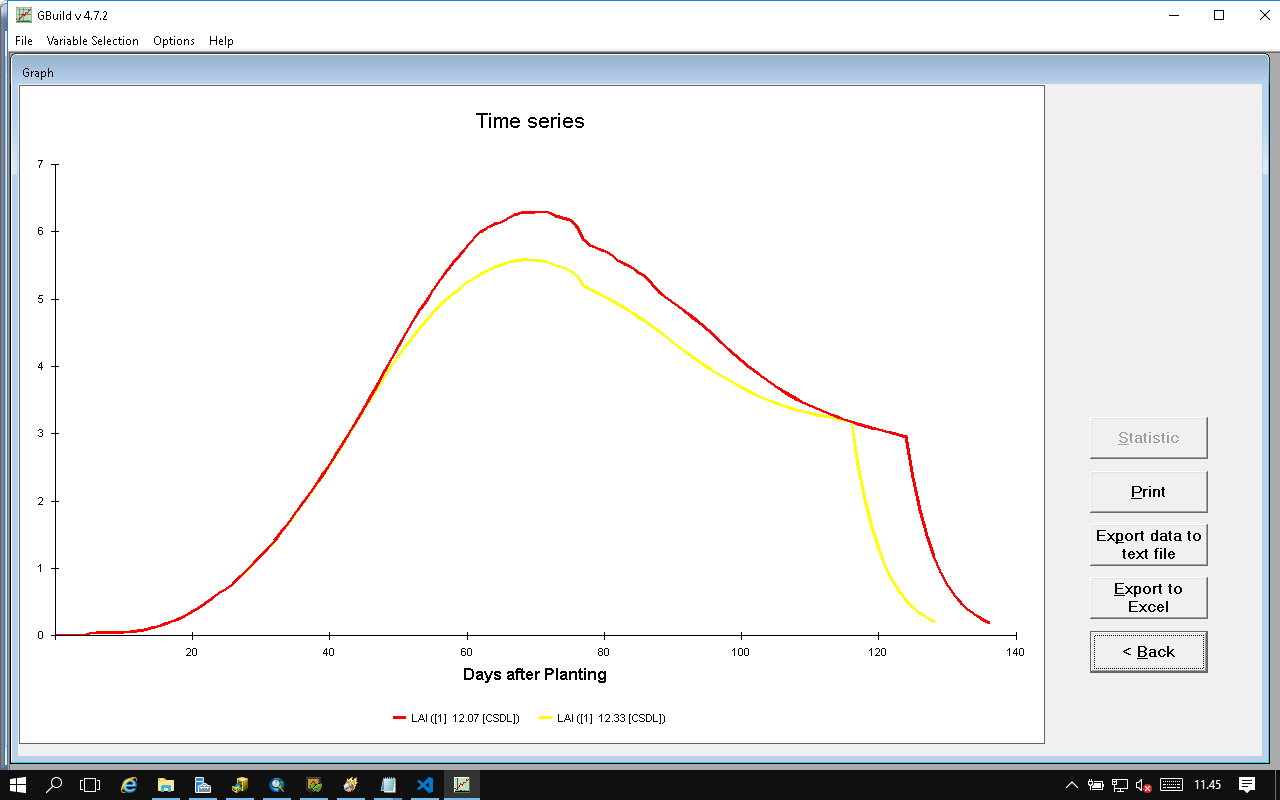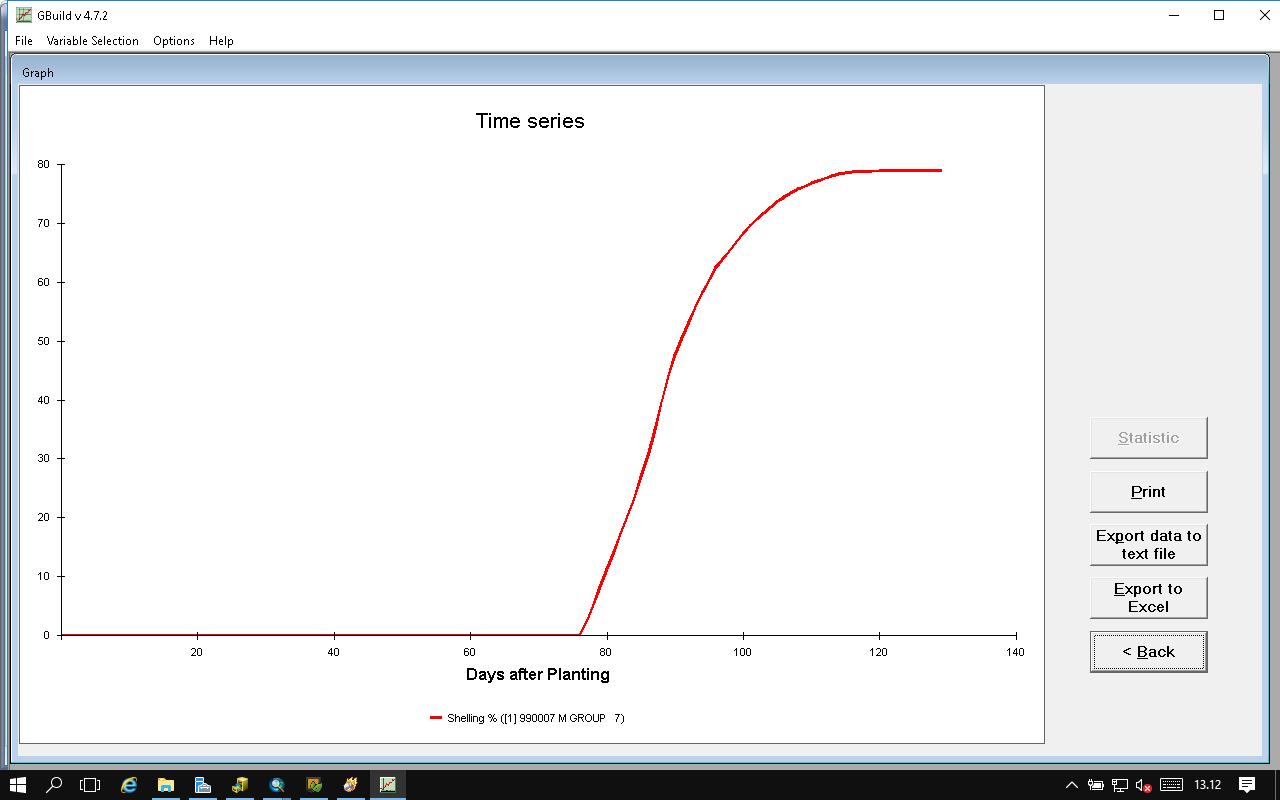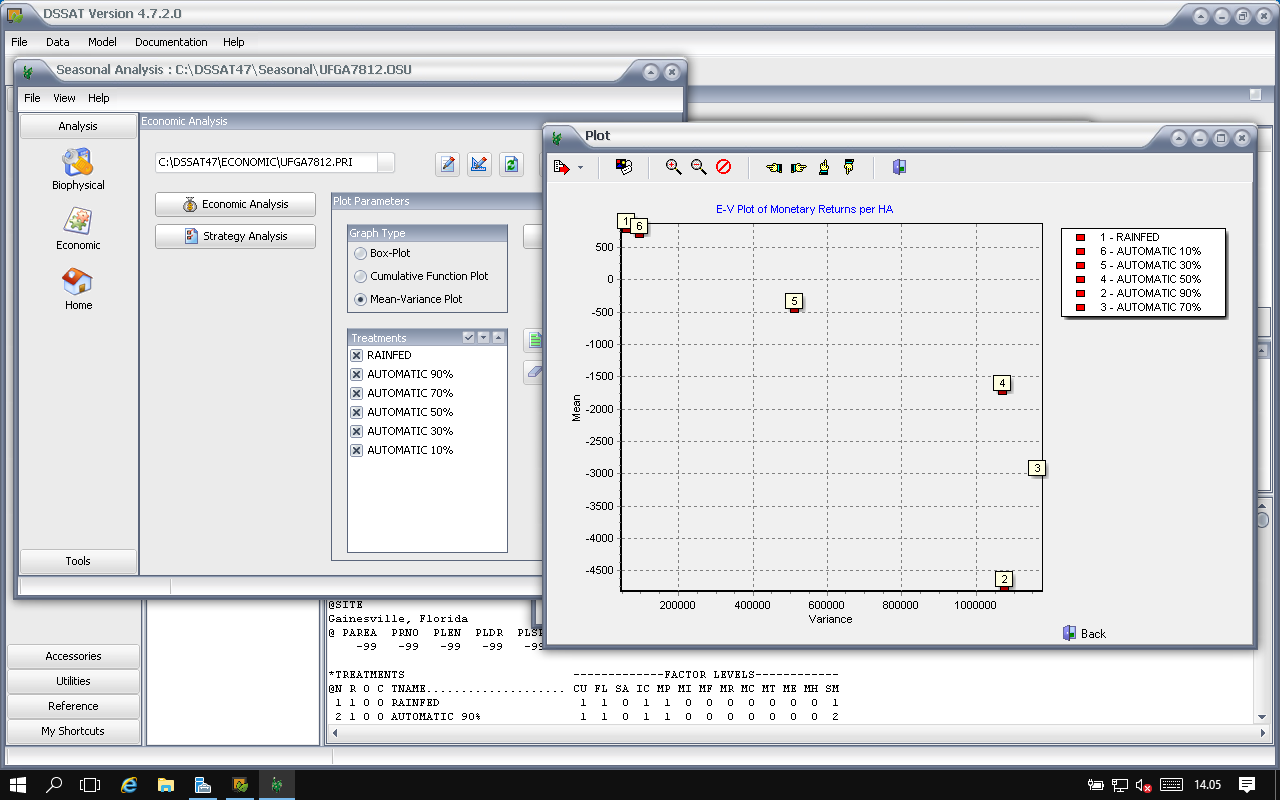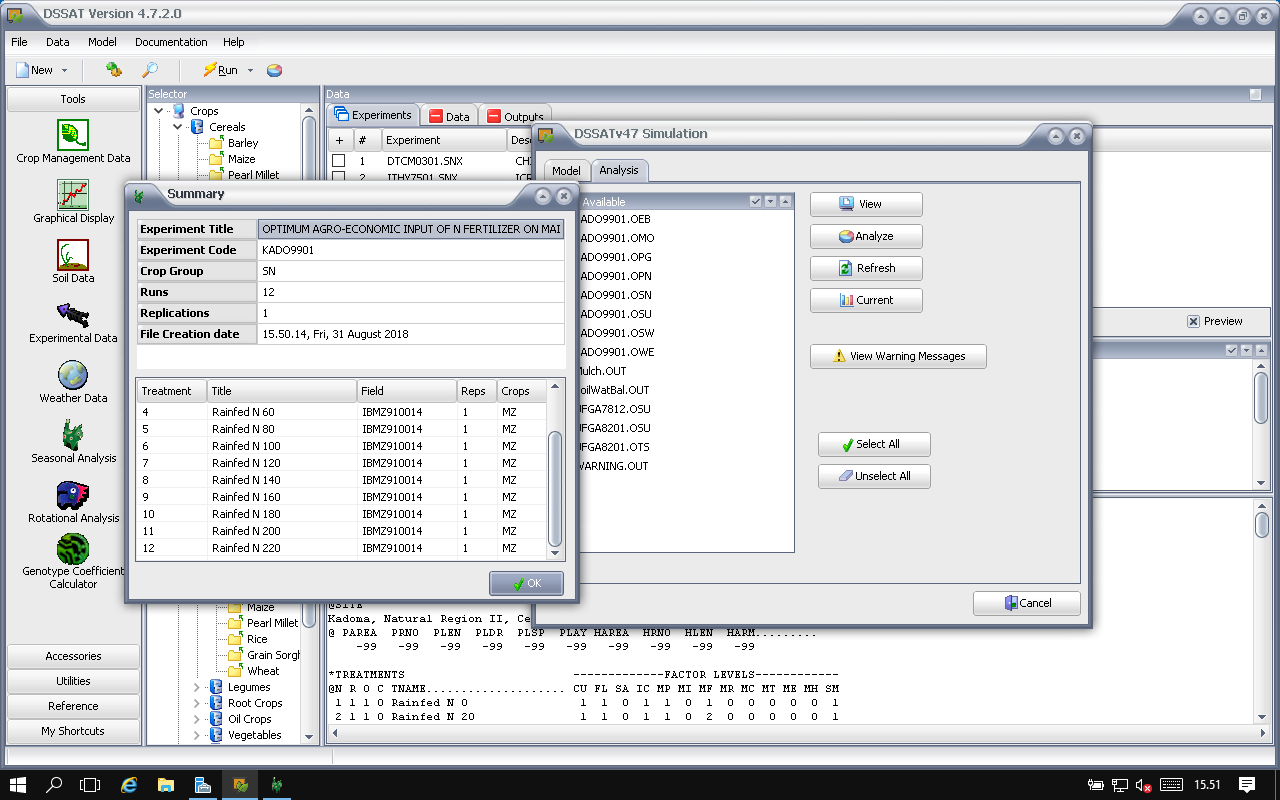DSSAT training in Chiang Mai, 2018
Last month, I attended training on DSSAT and MWCropDSS: Efficient and precision agricultural resource utilization under changes with simulation models and GIS in Chiang Mai, Thailand from 27 Aug to 1 Sep. The goal of the trainings is to gain better understanding of simulation models in predicting relationships of agricultural resources, i.e., water and nitrogen under various weather and climate conditions, on crop phenology and growth.
There are 24 participants from Bhutan, China, Indonesia, Japan, Nepal and Thailand. And the trainer are Prof. Gerrit Hoogenboom from University of Florida, USA and Prof. Attachai Jintrawet from Chiang Mai University.
Here's some topic I learned during the training.
1st day
History and overview of DSSSAT
Exercises: Running Crop Models
Simulating phenological development
Sensitivity analysis tool
Exercises: Sensitivity Analysis Tools
Creating FileX: Potential crop production
Exercises: Potential Crop Production



2nd day
Simulating basic growth processes
Weather data input and utilities
Exercises: Weather Data Files
Minimum dataset concept
Learning the DSSAT file system
Concept of genetic coefficients species vs ecotype vs cultivar coefficients
Genetic coefficients - CROPGRO and CERES
Exercises: Cultivar Sensitivity Analyses
Estimatic genetic coefficient, concepts







3rd day
Estimating Genetic Coefficients, Concepts Tools for Estimating Cultivar Coefficients
Cultivar Coefficient Calibration using the Glue Tool
Simulating Water Limited Production Soil and Flood Water Balance in Rice
Soil Data Inputs and Utilities
Exercises: Soil Data Files
Creating FileX: Water Balance On
Exercises: Water Limited Production


































4th day
Experimental Data Collection - Model Evaluation
Experimental Data Files and Utilities
Exercises: Experimental Data Files
Simulating Nitrogen Limited Production Processes in the Soil
Simulating Nitrogen Limited Production Processes in the Plant
Creating FileX: Water and N Balance On
Exercises: Nitrogen Limited Production




5th day
Spatial Modeling Applications Demonstration: MWCropDSS
Uncertainty, Risk, BMPs, and Sustainability
Creating FileX: Seasonal Analysis
Exercises: Seasonal Analysis






6th day
Cropping Systems – Simulating Crop Rotations
Creating FileX: Rotation/Sequence Analysis
Group Discussion of Applications and Needs

